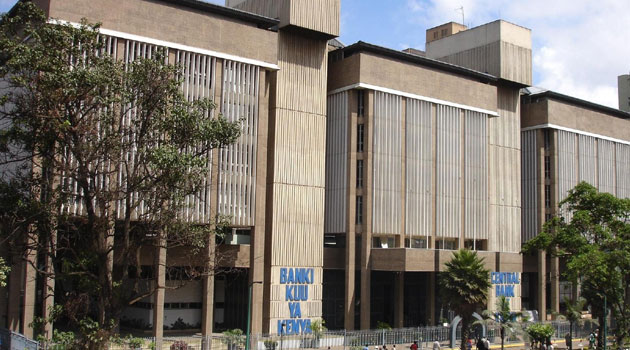Why Satellite Towns Are Kenya’s New Property Hotspots in 2025 – The Kenyan Wall Street
If you’ve been following Kenya’s real estate market lately, one trend stands out: more and more buyers and investors are turning their attention away from Nairobi’s center and into the satellite towns.
Places like Kitengela, Ruiru, Ngong, Ruaka, and Juja are no longer just “commuter towns.” They’re becoming investment magnets and lifestyle destinations in their own right.
But why is this shift happening, and what does it mean for you as a buyer or investor in 2025? Let’s break it down.
The Satellite Town Boom
For years, Nairobi has been the beating heart of Kenya’s property market. Apartments in Kilimani, Westlands, and Kileleshwa dominated demand. But recent data is telling a different story.
According to BuyRentKenya’s Q2 2025 Property Price Index, while prime city neighbourhoods like Kileleshwa saw land prices climb by 11% and Hurlingham by 6%, the real shocker came from the outskirts. Tigoni recorded an 80% growth in just two years. Nakuru, often seen as a second-tier market, rose by 20%. Even leafy suburbs like Runda saw a 20% jump.
This isn’t just a fluke. It’s a clear signal that the action is moving outward.
What’s Driving the Shift?
- Infrastructure Upgrades
The growth of bypasses, expressways, and commuter rail has completely changed the game. The Nairobi Expressway, the Eastern and Northern bypasses, and ongoing upgrades to feeder roads are cutting commute times significantly. What used to feel “too far” now feels accessible.
- Space and Lifestyle
Apartments in Nairobi come with convenience—but also cramped living. Satellite towns, on the other hand, offer bigger homes, private gardens, and fresh air. For families, especially, the appeal is undeniable.
- Affordability
Budget plays a huge role. For the same amount you’d spend on a two-bedroom apartment in Kilimani, you could often get a three- or four-bedroom townhouse in Kitengela or Ruiru. And with land values appreciating, it’s not just about lifestyle—it’s also a smart investment.
- Ownership Culture
In Kenya, land still carries a deep sense of permanence and pride. Owning a home in a gated community on your own plot resonates more strongly than renting out an apartment in a high-rise.
Risks to Watch Out For
Of course, not everything about satellite towns is rosy. Investors and homeowners should be mindful of:
- Traffic: While roads have improved, rush hour can still be a headache.
- Resale Liquidity: Apartments in the city often resell faster than homes in the outskirts.
- Developer Quality: Some estates mushroom quickly without proper planning or infrastructure, which can affect long-term value.
Being selective about location and developer reputation is key.
Investment Outlook
If your goal is rental yields, Nairobi apartments still dominate, especially in areas close to offices, universities, and expatriate communities. But if you’re looking at long-term value and lifestyle, satellite towns are increasingly winning the race.
As infrastructure continues to improve, demand will only grow. Gated estates in Ruiru, Kitengela, and Ngong are already commanding attention, and upcoming projects suggest prices will keep climbing.
The Bottom Line
In 2025, satellite towns are no longer the “affordable alternatives” to Nairobi. They’re becoming hotspots in their own right, offering space, growth, and long-term value.
Whether you’re a young professional looking for your first property or a seasoned investor diversifying your portfolio, keeping an eye on towns like Ruaka, Juja, and Kitengela could pay off big in the years ahead.
As BuyRentKenya’s latest data shows, the tide is turning. And in Kenya’s fast-moving property market, those who spot the wave early are the ones who ride it best.
Lulu Kiritu is a Content Manager & Public Relations Specialist at BuyRentKenya.







